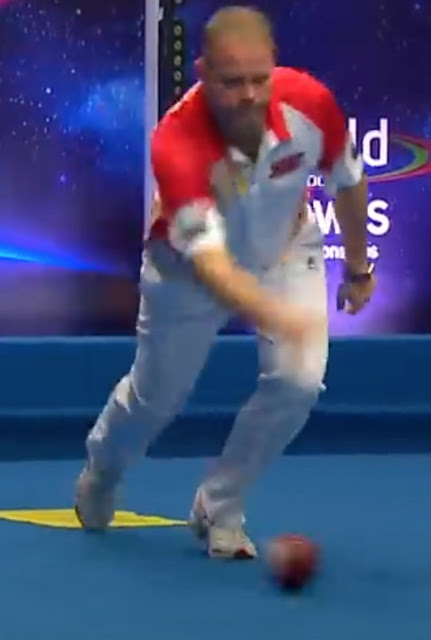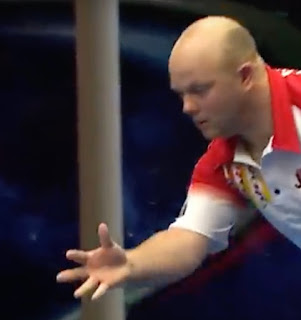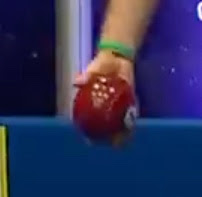After the 2019 World Indoor Bowls Championship, Paul Foster was ranked fourth in the world. It is interesting fo bowling enthusiasts to examine his delivery.
Stance
Foster bowls from the ‘shooters’ stance’. This style was first popularized by Nev Rodda in his blog. This is not to say that Rodda invented the stance although he certainly coined its name. All Rodda says is that he brought it to wider attention that top bowlers were using it.
The Greenbowler author has adopted the Shooters’ Stance himself.
Foster is a tall man and he starts his on-mat delivery routine from the erect athletic stance. Once he has secured his grip, he holds his bowl hanging loosely at his side.
Grip
Paul’s grip is the classic claw grip. Furthermore, he does not bend his wrist in a scoop as recommended by New Rodda. His wrist remains straight, relaxed but locked.
The ‘opposite hand’ refers to the hand that does not do the bowling. This hand in the cases of most bowlers participates very little in their deliveries. His free hand never touches either his thigh or knee but moves from supporting his bowl when first standing on the mat to hanging loosely at his side during his swing.
Foster’s Back-Swing
Foster has no backswing. As a consequence, he does not need to tuck his anchor knee in behind his forward heel because his anchor leg is well clear of his swinging arm. This is attributable to using the shooters’ stance. The bowl ends up next to his anchor leg’s knee as he strides forward; his bowling arm only moves down.
Forward Stepping
Foster’s entire body moves forward with his bowl swing. His forward stepping foot first contacts the bowling surface heel first and then he rocks forward onto his toes. The bowl is not released until his advancing foot is solidly grounded as is the case with all top bowlers.
Both his draws and drives use the exact technique of the ‘running shot.’ Greenbowler has completed blog articles covering the running shot and comparing it with the yard-on and drive shots. For clarity, I will quote the pertinent part from one of those articles:
“The delivery of the running shot begins with the delivery arm holding the bowl hanging vertical and the body bent at the waist to bring the bowl close to the ground. Some players use a little backswing for this shot but no backswing is preferred."
Because he has essentially no backswing he moves his whole body quickly forward with a large forward step.
Following Through
Foster has one of the most reproducible follow-throughs in the game. He does not stay down like others….as the bowl leaves his hand it sweeps forward and upwards as if his fingers were giving some extra spin to the bowl. But his fingers all remain straight. They do not spin the bowl. Foster’s bowls, more than other top bowlers, drop onto the carpet. The sound is distinct. His arm elevation and even his finger positions are consistent. This is seen in an image captured from a video.
Walking Off the Mat
Foster walks off the mat in methodical juggernaut-like steps with a distinct hesitation after each step. This in combination with his athletic stance is his most characteristic feature. He shares this walking off the mat with his doubles partner Alex Marshall.
Positioning on the Mat
Foster does not use ‘walking the mat’ much. He seems to take up positions at the front of the mat with his anchor foot on the mat and his stepping foot about one foot in front of the mat.




























